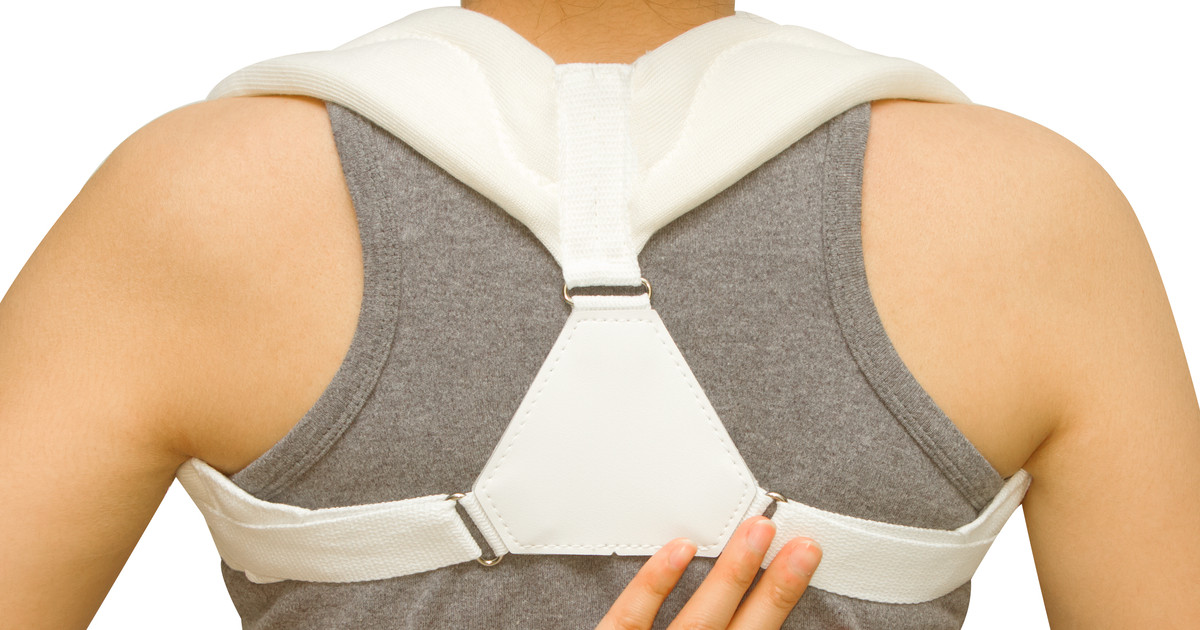A Handy Guide To Correcting Bad Posture
Keep Car Seat Up Straight

While it can be tempting to recline the seat on a long car trip, researchers suggest drivers and passengers keep the car seats up straight. Doing so may help prevent aches and pains, and it can also preserve good posture. While driving, there should be a slight space between the lumbar curve and the backrest of the driver's seat. If the entire spine makes contact with the backrest, this suggests the driver is rounding the spine. A rounded cervical spine or neck could push the head forward, and this may increase the risk for whiplash and other injuries in the event of a car accident. Musculoskeletal experts suggest drivers adjust the seat and headrest so the spine, neck, and head are in a neutral, upright position. To get a clear understanding of driving posture, it can be helpful to have a friend take a photo of the driver sitting in the driver's seat. If necessary, adding gel or memory foam seat cushions could provide greater comfort and make it easier for drivers to maintain proper posture.
Wear Posture Correcting Devices

Individuals who struggle with postural issues might want to wear posture correcting devices. The devices are available in a range of styles, and they help provide support and stability for muscles that may be weak. Over time, the use of posture correcting devices could improve spinal alignment and increase the wearer's awareness of their posture. Patients can choose from physical correctors, including elastic braces, molded braces, and longline braces, and there are also electronic posture reminders. Since overuse of these devices could make muscles weaker, patients should check with a physician or physical therapist before wearing a posture corrector. Healthcare providers can perform assessments to determine if the patient would benefit from using the devices, and they can recommend posture correctors that will be most suitable for the patient's health needs. Most importantly, they will be able to advise the patient on how frequently the device should be worn, and they can instruct the patient on how to wear the device safely.
